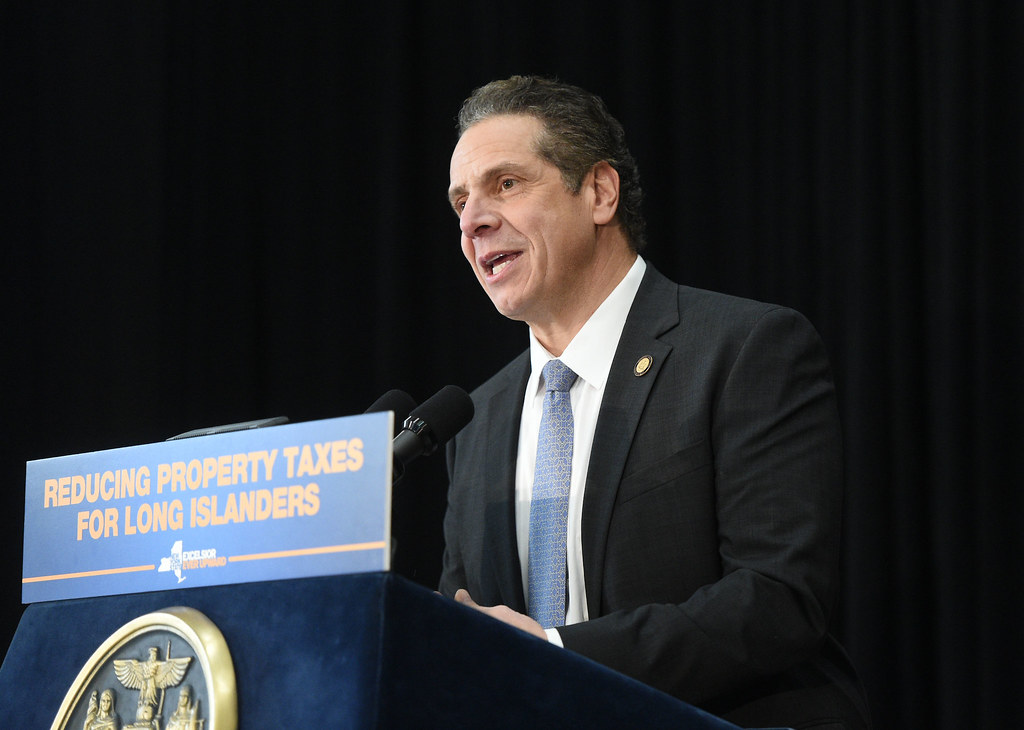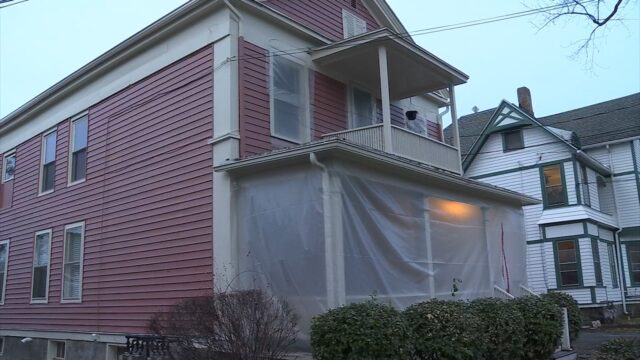The Shared Services Act is something that has gotten a lot of airtime in recent weeks, since the New York State Budget was passed by both legislative chambers.
It’s been something that has created a lot of confusion, though. Even for elected officials. Now that the Shared Services Act has been ceremonially signed — the details have become slightly clearer.

Here’s everything you need to know, as a taxpayer — or even as an elected official — on the Shared Services Act:
The initiative establishes a shared services panel in each county, which is chaired by the Chief Executive Officer of that county who is the county executive, county manager, county administrator, the chair of the county legislature or chair of the board of supervisors.
Working together, the panels will develop a county-wide shared service property tax savings plan that creates actual and demonstrable property tax savings.
Gov. Andrew Cuomo, who proposed the concept said after it was signed that, The initiative establishes a shared services panel in each county, which is chaired by the Chief Executive Officer of that county who is the county executive, county manager, county administrator, the chair of the county legislature or chair of the board of supervisors. Working together, the panels will develop a county-wide shared service property tax savings plan that creates actual and demonstrable property tax savings.”
The CEO of each county must adhere to the following timeline:
Create Shared Services Panel Immediately
- The CEO shall chair the panel and invite each local government to join the panel. The panel must consist of the mayor of every city or village and the supervisor of every town within the county.
- The CEO may and is encouraged to invite leaders from school districts, BOCES, and special improvement districts within the county as additional panel members.
Submit Plan to Legislative Body by August 1, 2017
- The CEO will consult with local governments, businesses and civic groups and public sector unions and take recommendations from them in developing the plan, which will then be submitted to the panel.
- The plan should include a tax savings plan summary that outlines: participating cities, towns, villages, school districts, BOCES, and special improvement districts; participating entities’ 2017 property taxes; total anticipated savings; anticipated savings listed as a percentage of participating entities property taxes; anticipated savings to the average taxpayer; and anticipated costs/savings to the average homeowner and business.
- The CEO will then submit the plan to the county legislative body, along with their certification of the accuracy of the property tax savings. The county legislative body will then review the plan and may by a majority vote issue an advisory report with recommendations to the CEO.
Hold Three Public Hearings and Panel Vote on County-wide Shared Services Plan No later than September 15, 2017
- The CEO may modify the plan based on any recommendations received from the county legislative body and if the plan is modified, submit an updated certification of the accuracy of the property tax savings.
- The CEO must hold at least three public hearings in the county to receive input from residents. Public notice of these hearings should be at least one week prior to the public input date. All hearings are required to take place before the final submission of the plan to be voted on by the panel.
- Prior to the panel vote of the plan, panel members may remove any proposed action that affects their local government with written notice of the removal provided to the CEO prior to the final vote. A majority vote of the panel is then required for plan approval and each panel member must state in writing the reason for his or her vote.
Present Final County-wide Shared Services Plan to Residents by October 15, 2017
- If the plan is approved, the CEO finalizes the plan and submits it to the director of the Division of Budget. The CEO must then communicate to residents of the county what the final plan entails and what the tax savings will be.
Actions in 2018 on Plans not Approved in 2017
- If a county does not approve a shared services plan in 2017, it is directed to re-initiate the process in 2018 with identical due dates of August 1, 2018 for plan submission to the county legislative body and September 15, 2018 submission of approved plan to the Division of the Budget.
The FY 2018 Budget authorizes the state to match savings achieved by counties in the first year of shared services. Plans may be eligible for a one-time match of net savings that result from new actions implemented through the tax savings plan.
Eligible savings are the net new savings between local governments achieved from the new actions that were part of the county-wide shared services plan and implemented between January 1, 2018, and December 31, 2018.
The FY 2018 Budget continues the Governor’s efforts to relieve the property tax burden by building on the success of historic mandate relief, including eliminating growth of the local share of Medicaid – saving counties $3.2 billion in FY 2018.
Additionally, the FY 2017 Budget extended reforms made to binding arbitration. For an additional three years, arbitrators must give significant weight to a distressed local government’s ability to pay and consider the property tax cap when making awards.
In 2013, Governor Cuomo lowered the costs of public safety by removing statutory salary requirements for municipal chiefs of police and allowing localities with populations of 10,000 or more to recover costs of police training. In addition, $80 billion will be saved by the state, local governments and school districts over the next 30 years as a result of pension reform achieved in 2012.
In addition to these major mandate relief accomplishments, the Property Tax Cap is at the center of the Governor’s efforts to help reduce the burden of property taxes for all New Yorkers. Aided by more than $100 million in State efficiency programs, it has driven local governments to control costs and save the typical homeowner $2,100 through 2016. When combined with the Property Tax Freeze, the Property Tax Cap has saved taxpayers more than $17 billion through 2016.
Although the typical New York homeowner pays 2.5 times more in local property taxes than in state income taxes, the FY 2018 Budget will empower residents to control the cost of their local government by engaging with their local leaders to make real, fiscal changes. This legislation will require counties to find efficiencies for recurring taxpayer savings, while ensuring citizens have an active role in reducing their taxes through public hearings required as part of the development of the shared services plans.
Local officials have voiced concerns over the plan, calling it another state measure that will only cause more difficulty for counties burdened by high medicaid costs.
Those costs account for massive majorities of County budgets, and subsequently the tax levy.
It’s also not completely clear how counties will be punished if they fail to create any savings measures.














